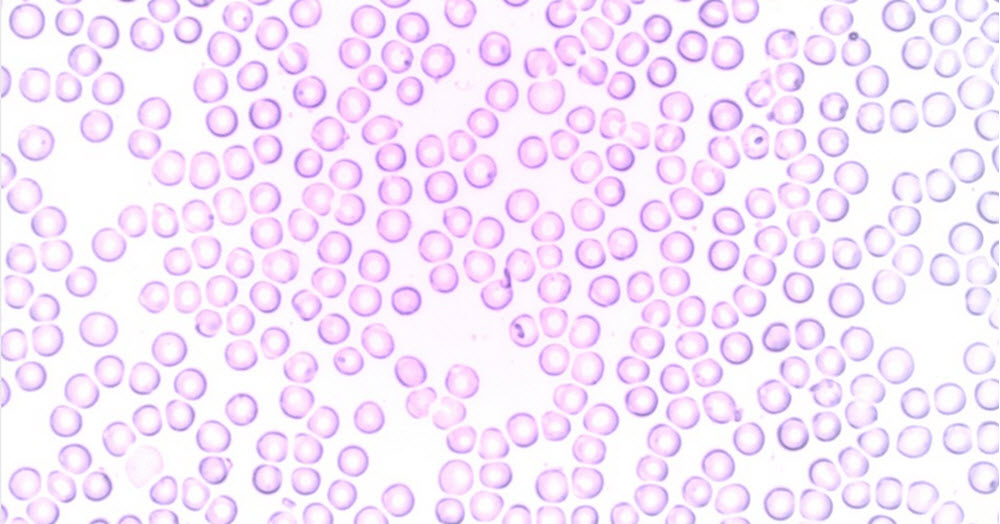Contents
White blood cells (WBCs) are cells of the immune system. They are also known as leukocytes.
All white blood cells in the human body are derived from hematopoietic stem cells in the bone marrow. Unlike red blood cells and platelets, the white blood cell has a nucleus.
White blood cells are found throughout the body, including both the bloodstream and the lymphatic system. Some white blood cells migrate to a certain tissue and take up permanent residence there. This is for instance the case for the fixed macrophages in the liver, the microglia located in the brain and spinal cord, and the mast cells found in connective tissue.

Why are they called WHITE blood cells?
It has do to with what a sample of blood looks like after centrifugation. Centrifugation will cause two big distinct layers two form: the red blood cell layer and the yellowish blood plasma layer. Between these two big layers is the much thinner buffy coat. The buffy coat consists of nucleated cells, and is typically white. The white blood cells are named after colour of the buffy coat. This is also true for the scientific term leucocyte. In Greek, leuk means white and cyt means cell.
What does ”white blood cell count” denote?
The number of white blood cells in a blood sample can be indicative of disease. Therefore, medical doctors will often want a white blood cell count to help diagnose a patient. The white blood cell count is an important part of the complete blood count.
The normal white cell count is usually between 4,000 and 11,000 white blood cells per microliter of blood. In a healthy adult, white blood cells make up roughly 1% of the total blood volume.
If the white cell count is above this benchmark, that indicates that the immune system is currently responding to something by producing more white blood cells.
If the white cell count is below the benchmark, it can indicate a weakened immune system.
There are many different types of white blood cells
There are many different types of white blood cells in the human body, and they carry out different tasks. There are still a lot of things about the white blood cells and their work that we do not fully understand, and new insights are added every year through various research projects.
Short info about a few different white blood cells
Name: Neutrophil
Diameter: 10-12 μm
Main jobs: Attack bacteria and fungi
Name: Eosinophil
Diameter: 10-12 μm
Main jobs: Attack larger parasites, modulate allergic inflammatory responses
Name: Basophil
Diameter: 12-15 μm
Main jobs: Release histamine for inflammatory responses
Name: Monocyte
Size: 15-30 μm
Main jobs: Being tissue resident macrophages, including being stellate macrophages in the liver
Name: Lymphocyte
Diameter: 7-8 μm for small lymphocytes, 12-15 μm for large lymphocytes
Main jobs: Depends on type of lymphocyte
Examples of lymphocytes
- Large granular lymphocytes (LGL) provide rapid responses to virus-infected cells and other intracellular pathogens, and also respond to tumor formation.
- B-cells release antibodies and help with the activation of T-cells
- T-cells of the type CD4+ Th (”T helper”) activate and regulate B-cells and T-cells
- T-cells of the type CD8+ respond to virus-infected cells and tumor cells
- T-cells of the type γδ (gamma delta) are complex and carry out various tasks. In some cases, they are a bridge between innate and adaptive immune responses in the body.
- T-cells of the type Regulatory (Tregs) modulate the immune system, maintain tolerance to self-antigens, and prevent autoimmune disease.